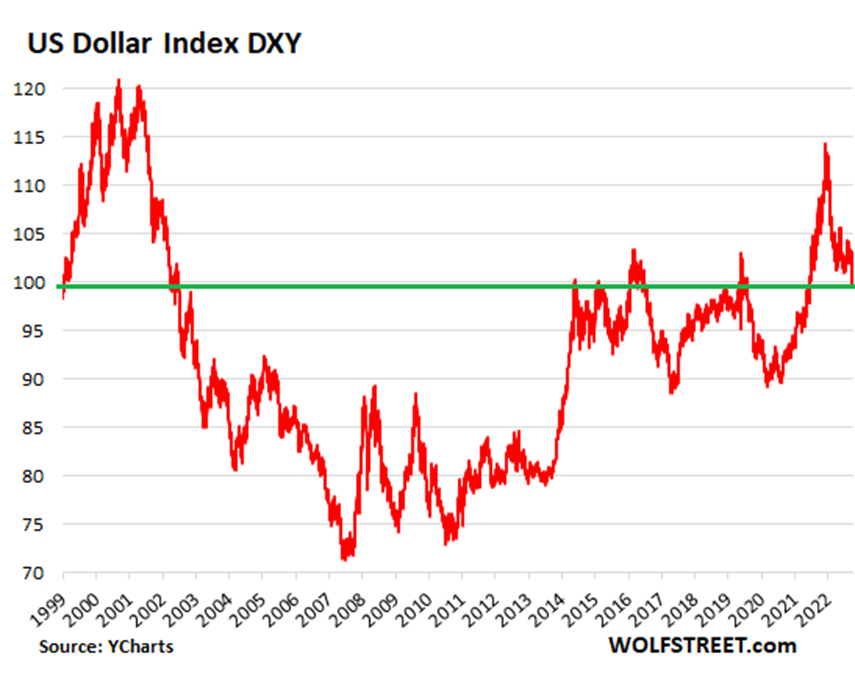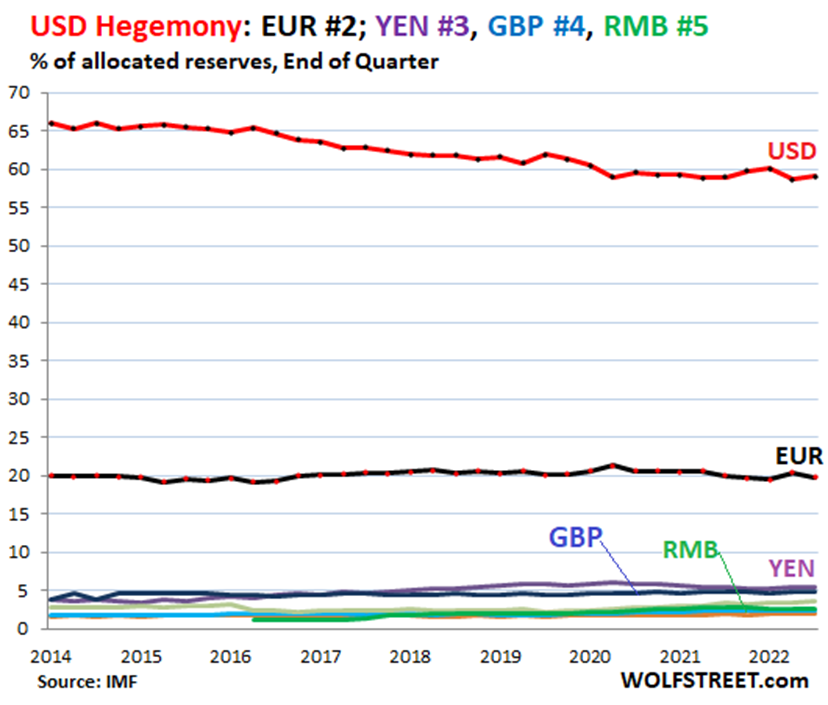The world of global currencies is a complex and ever-changing landscape, influenced by a myriad of economic, geopolitical, and monetary factors. Investors, economists, and policymakers continuously grapple with the implications of inflation, central bank policies, and economic challenges in major economies, particularly China and the United States. Understanding the interplay between these factors is crucial for making informed decisions and predicting the future trajectory of global currencies. In this article, we will delve deeper into the falling inflation rates, the Federal Reserve’s role in managing inflation, and the challenges faced by China’s economy, as they all have significant implications for global currency markets.
Falling Inflation and Its Impact
The recent focus on falling inflation rates has sparked discussions about its implications for the global economy and financial markets. However, interpreting these figures requires a closer examination of the underlying forces at play. Supply chain disruptions, shifts in consumer behavior, and government policies are some of the key factors influencing inflation fluctuations.
The COVID-19 pandemic has disrupted global supply chains, leading to shortages and price volatility in certain sectors, contributing to supply-driven inflationary pressures. Changes in consumer preferences during the pandemic have also influenced inflation, as demand fluctuates based on evolving needs. Moreover, government policies, such as stimulus measures and fiscal actions, can have both inflationary and deflationary effects, impacting the overall economic landscape.
Central banks, like the Federal Reserve, respond to inflation fluctuations by adjusting monetary policies. They may raise interest rates to control excessive demand and inflation, or lower rates to stimulate economic activity during periods of falling inflation. However, managing inflation requires nuanced approaches tailored to each country’s economic conditions.
As the global economy navigates post-pandemic recovery, understanding the complexities of inflation trends is crucial for policymakers, investors, and economists. Monitoring economic indicators, supply chain dynamics, and consumer behavior will be key to making informed decisions amidst the evolving economic landscape. By comprehending the factors driving inflation, stakeholders can better anticipate economic challenges and opportunities and promote stability in financial markets.
The Federal Reserve’s Inflation Fight
Central banks, particularly the Federal Reserve, play a crucial role in managing inflation and maintaining economic stability. As inflation rates fluctuate, the Fed adjusts its monetary policies to achieve its dual mandate of price stability and maximum employment.
When the Fed increases interest rates on bonds issued in the US dollar, it strengthens the currency’s value. Conversely, when the central bank eases tightening measures, the dollar tends to lose value. This inverse relationship between interest rates and the dollar’s value is well-established and affects global currency markets.

In recent years, the Fed has faced challenges in managing inflation amid economic uncertainty and external shocks. The COVID-19 pandemic and its subsequent economic fallout disrupted supply chains, leading to price fluctuations and supply shortages. As the world grapples with the pandemic’s effects, central banks must strike a delicate balance in their monetary policies to support economic recovery while addressing inflationary pressures.
Understanding the Dollar’s Decline
As the Federal Reserve gradually backs away from aggressive tightening measures, concerns arise about the dollar’s stability. However, it is essential to recognize that the decline was a foreseeable consequence of the easing monetary policies.
Moreover, the current level of the dollar’s decline does not indicate an imminent collapse. On the contrary, it aligns with historical trading ranges, providing stability relative to other currencies and bolstering trust in the dollar among other nations.
A stable dollar is critical for global trade, as a significantly stronger dollar can create difficulties for other countries that conduct trade transactions in dollars. A stable dollar ensures a balanced global trade environment, benefiting the US economy and the broader global financial system.
The Ongoing Battle for Global Currency Dominance
While the dollar continues to account for a significant portion of foreign currency held by banks outside the US, other currencies are vying for a more prominent role in the global economy. As the usage of the dollar has experienced a downtrend over the past two decades, its future as the world’s primary reserve currency is not assured.

Other currencies, such as the Chinese yuan (renminbi), are attempting to challenge the dollar’s dominance. China’s ambitions for internationalizing its currency are clear, and it has taken steps to increase the yuan’s presence in global trade and financial transactions. However, the path to global acceptance faces significant hurdles.

China’s Economic Challenges and Currency Prospects
China, as the world’s second-largest economy, faces numerous economic challenges. Among these is the high youth unemployment rate, which recently reached 20%. As college graduates enter the job market amid a Covid-lockdown impacted economy, the employment situation is further strained, potentially leading to civil unrest.
Additionally, two of China’s largest real-estate developers stand on the precipice of imminent default on major bonds, indicating instability in the real estate sector. Despite Beijing’s efforts to support the market, both sales and prices continue to decline.
These economic challenges not only pose risks to China’s domestic economy but also impact the prospects of the yuan as a global currency. Building trust in any new currency initiative, including China’s participation in a BRICS currency, demands stability and confidence in the underlying economy.
Conclusion
The complexities of global currencies demand careful attention and analysis. Falling inflation rates, the Federal Reserve’s monetary policies, and China’s economic challenges all have significant implications for the global financial system.
As investors, policymakers, and economists grapple with these complexities, staying informed and adapting to changing dynamics are crucial. The future trajectory of global currencies remains uncertain, and factors such as inflation trends, central bank policies, and economic stability in major economies will continue to influence currency markets.
Understanding these complex interactions will be essential for making well-informed decisions and navigating the uncertainties of global currencies. As the world of finance evolves, continuous monitoring of economic indicators and geopolitical developments will be key to successful financial planning and risk management in an ever-changing global landscape. Investors and policymakers alike must stay vigilant to navigate the complexities of falling inflation, the Federal Reserve’s policies, and the economic challenges facing China, as these factors will undoubtedly shape the future of global currencies.
Click here to read our latest article about which metal to invest in Gold vs. Silver

